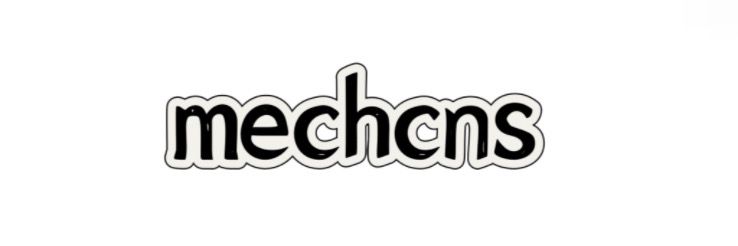Is Your Closed Loop Cooling System Consuming Too Much Energy?
Dec. 11, 2024
## Is Your Closed Loop Cooling System Consuming Too Much Energy?
In today's fast-paced industrial landscape, energy efficiency has become a top priority for businesses worldwide. Among various systems designed to optimize performance, the closed loop cooling system stands out as a crucial component in several applications. However, many organizations may find their closed loop cooling systems consuming more energy than anticipated. If you suspect that your cooling system is using excessive energy, it's essential to explore the potential causes and solutions.
### Understanding Closed Loop Cooling Systems.
A closed loop cooling system is designed to circulate coolant through equipment, removing heat and maintaining optimal operating temperatures. Unlike open loop systems, which exchange water directly with the environment, closed loop systems recycle the coolant, thereby reducing water consumption and minimizing environmental impact. These systems are widely utilized in manufacturing, data centers, and power generation industries.
### Identifying Energy Consumption Issues.
Several factors can contribute to excessive energy consumption in a closed loop cooling system. Common issues include:
1. **Inadequate System Design**: An outdated or poorly designed closed loop cooling system may not be optimized for current operational demands. As machinery evolves, so should the cooling solutions.
2. **Insufficient Maintenance**: Regular maintenance is vital to ensure the longevity and efficiency of your closed loop cooling system. Neglected systems can suffer from fouling, scaling, and wear, leading to increased energy consumption.
3. **Improper Controls**: Automatic controls allow a closed loop cooling system to adapt to varying demands. However, poorly calibrated sensors and faulty control mechanisms can result in unnecessary energy use.
### Energy Efficient Solutions.
To minimize energy consumption in your closed loop cooling system, consider these strategies:
#### Regular Maintenance and Upgrades.
Conducting routine maintenance checks can help identify and address inefficiencies. Look for:
- **Leak Detection**: Small leaks can lead to significant energy losses over time.
- **Cleaning**: Remove any buildup within the system that could restrict flow and force the pump to work harder.
- **Component Replacement**: If certain elements of the system are outdated, investing in modern, energy-efficient replacements can lead to substantial savings.
#### System Automation.
Implementing advanced control systems provides real-time monitoring and allows for data analysis. Utilize smart technology such as:
- **IoT Sensors**: These can provide detailed insights into system performance, helping to adjust parameters based on demand.
- **Automated Valves**: Such systems can control coolant flow precisely, ensuring that the closed loop cooling system operates only when necessary.
### Leveraging Industry Innovations.
In recent years, various industries have embraced technological advancements that can be applied to closed loop cooling systems. Innovations in materials, such as heat exchangers made from more efficient alloys or composite materials, have improved thermal performance significantly. Furthermore, advancements in software can help predict when energy consumption spikes and suggest operational adjustments.
### Conclusion.
If you find your closed loop cooling system consuming excessive energy, it's crucial to take proactive measures. Regular maintenance, system automation, and the adoption of innovative technologies can help reduce energy costs while ensuring optimal performance. By addressing these issues head-on, businesses can not only improve their bottom line but also contribute to a more sustainable future.
Stay alert to your closed loop cooling system's performance and consider reaching out to energy consultants who specialize in HVAC and cooling systems to assess and optimize your setup. The steps you take today can lead to significant energy savings tomorrow.
The company is the world’s best custom how to make a heat coil manufacturer supplier. We are your one-stop shop for all needs. Our staff are highly-specialized and will help you find the product you need.
90
0
0
All Comments (0)
Previous: Induction Heat Aluminum: The Ultimate Guide to Efficient Metalworking
Next: Induction Heating Units: Efficient Solutions for Your Needs
If you are interested in sending in a Guest Blogger Submission,welcome to write for us!


Comments